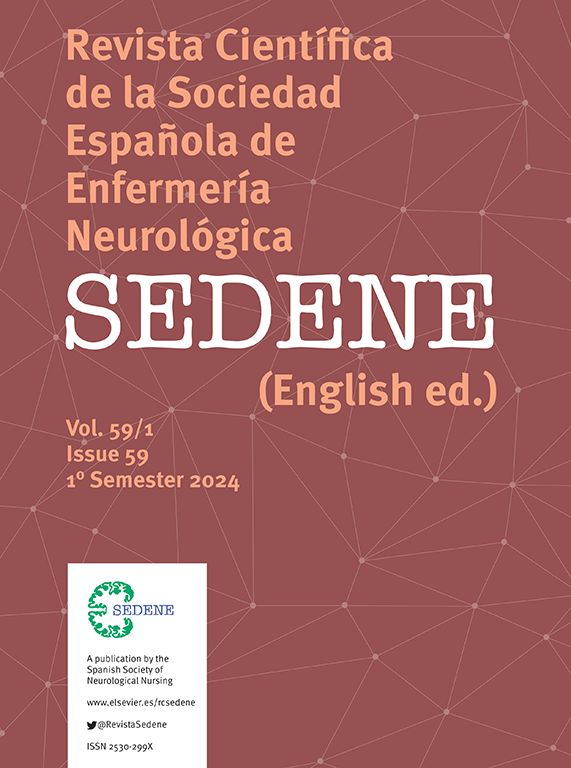Recurrent-remitent sender multiple sclerosis (RRMS) often affects fertile women and family planning (FP) is an important issue, where patients continue to have doubts. Infographic is a visual tool for transmitting messages that can be useful in health education.
ObjectivesPrepare an infographic on RRMS and reproduction and evaluate its usefulness in relation to obtaining knowledge in women of childbearing age affected by this disease and who are cared for in our center.
MethodWe carry out a questionnaire for the selection of 5 topics to 10 patients affected by RRMS and between 18 and 35 years old and an infographic is developed with the most voted. We then delivered a pre- and post-visualization questionnaire of the infographic to 10 other patients, which values the subjective perception of graduated knowledge in good/regular/bad and makes 7 yes/no answer questions.
ResultsThe infographic reports on: inheritance, treatments for MS and pregnancy, pregnancy and evolution of MS, pregnancy planning and postpartum. Mean of pre-infography hits was 4.4 and post-infography was 5.6 (increase 17%). 60% improved their pointing after viewing the infographic, 30% kept it and 10% made it worse. Subjective perception of pre-infography knowledge was 33.3% “good” and 66.6% regular, and post-infography changed to 77.7% “good” and 22.2% “regular”. None of them valued it as “bad” and one did not answer this question.
Conclusions and/or discussionThere are certain topics of greater interest within PF in RRMS patients that can be presented through an infographic, which seems useful in nursing work in health education.
La esclerosis múltiple recurrente-remitente (EMRR) suele afectar a mujeres en edad fértil y la planificación familiar (PF) es un tema importante, donde las pacientes siguen albergando dudas. La infografía es una herramienta visual para transmitir mensajes que puede ser útil en la educación sanitaria.
ObjetivosElaborar una infografía sobre EMRR y reproducción y evaluar su utilidad en relación a la obtención de conocimientos en mujeres en edad fértil afectadas por esta enfermedad y que son atendidas en nuestro centro.
MétodoSe elaboró una infografía con 5 temas sobre EMRR y reproducción a partir de un cuestionario entregado a 10 mujeres de entre 18 y 35 años afectadas por esta enfermedad. Posteriormente se evaluó el grado de conocimiento pre y post visualización de la infografía en otras 10 pacientes.
ResultadosLa infografía informa sobre: herencia, tratamientos para EM y embarazo, embarazo y evolución de EM, planificación del embarazo y postparto. La media de aciertos preinfografía fue de 4.4 y postinfografía de 5.6 (incremento 17%). El 60% mejoró su puntación tras visualizar la infografía, 30% la mantuvo y 10% la empeoró. La percepción subjetiva del conocimiento preinfografía fue 33.3% “bueno” y 66.6% regular, y postinfografía cambió a 77.7% “bueno” y 22.2% “regular”. Ninguna lo valoró como “malo” y una no contestó esta pregunta.
Conclusiones y/o discusiónExisten ciertos temas de mayor interés dentro de la PF en pacientes con EMRR que pueden ser presentados a través de una infografía, pareciendo ésta útil en la labor de enfermería en educación sanitaria.
Article
Diríjase al área privada de socios de la web de la SEDENE, (https://sedene.com/revista-de-sedene/ ) y autentifíquese.






